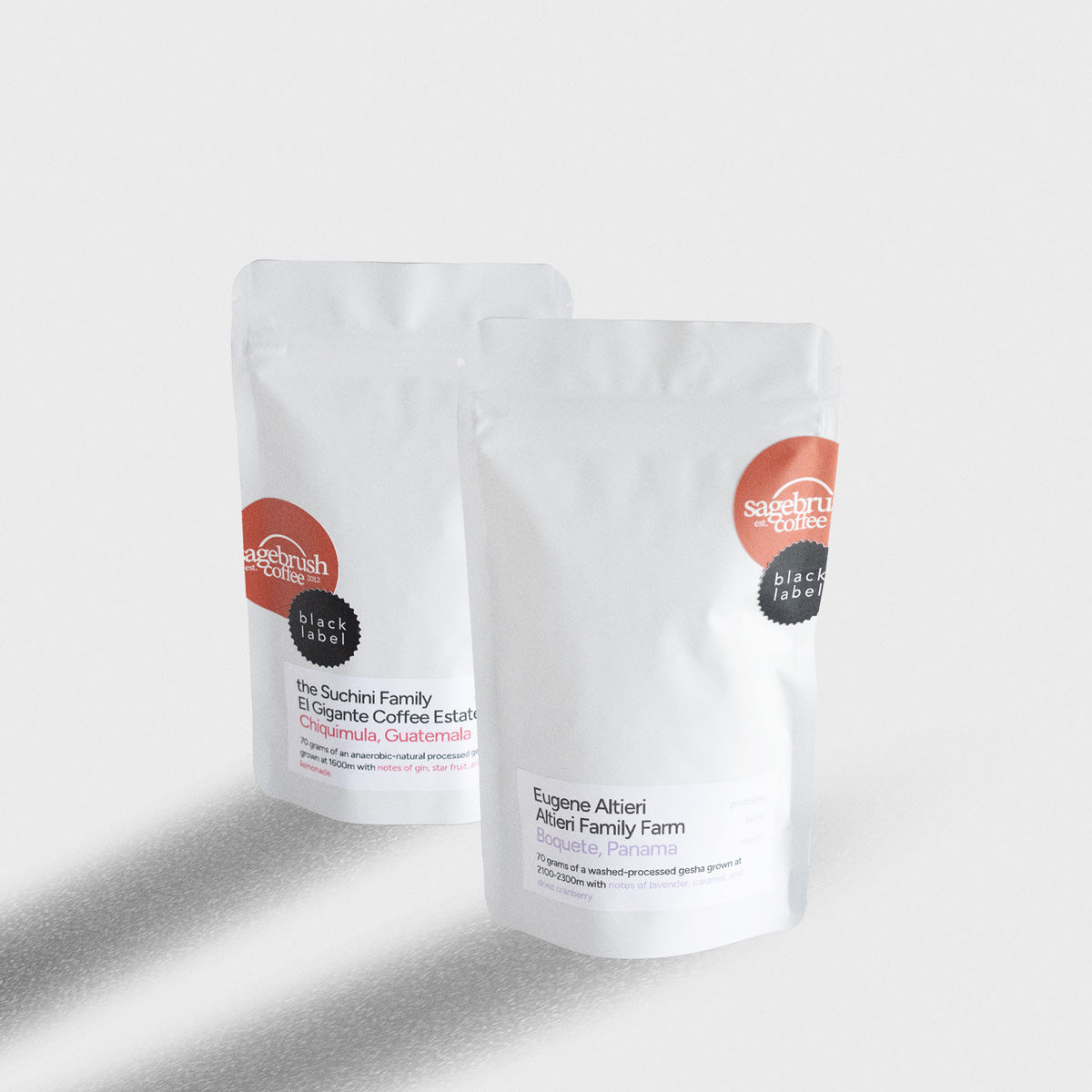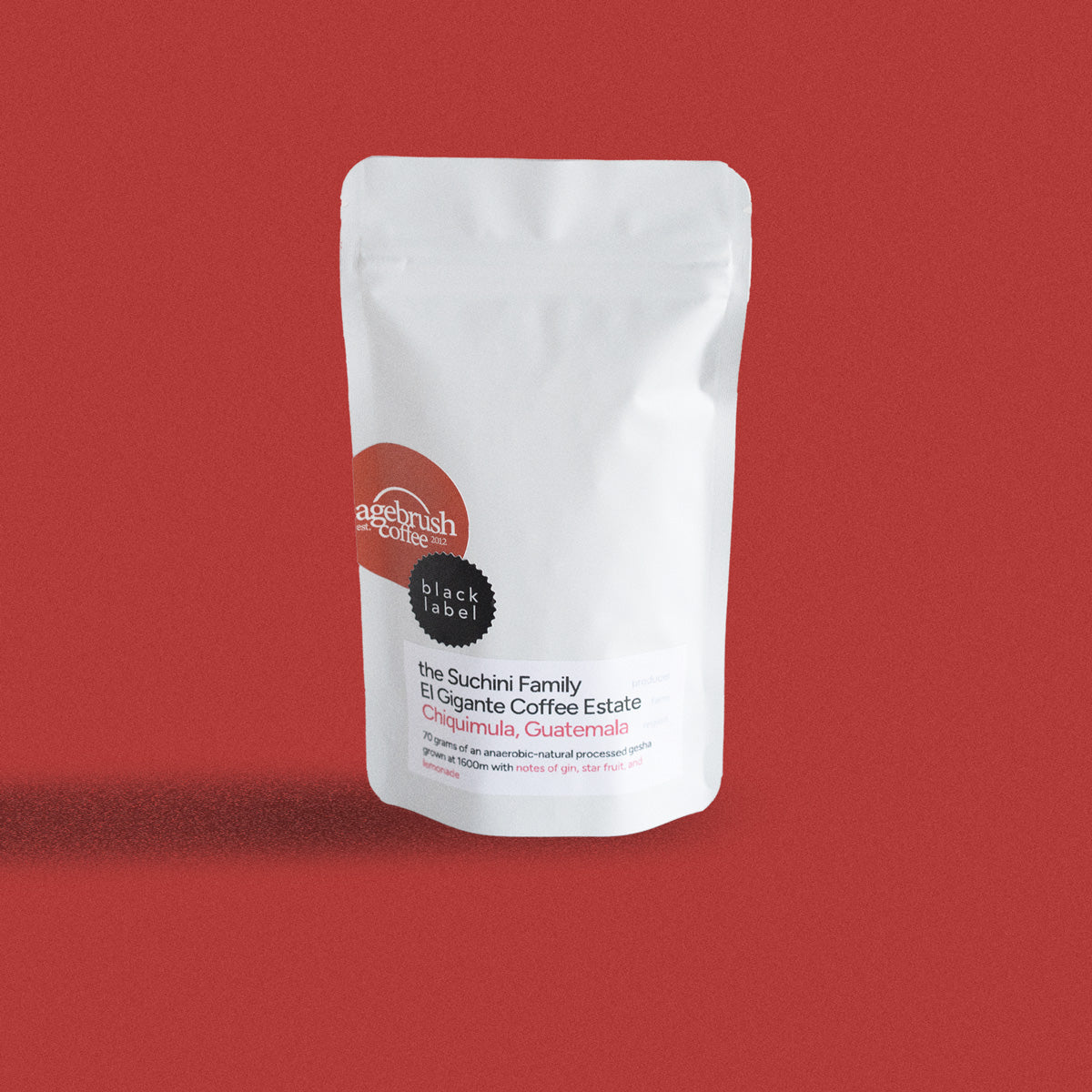
As the coffee industry evolves and new technologies are invented, producers are able to process their coffee in new, innovative ways. A new technique called the hydro-honey process combines the traditional washed, natural, and honey processes into one unique method.
Before we dive into this contemporary coffee technique, let's quickly review what the three traditional coffee processing methods are for the sake of clarity. If you want a more in-depth description of any of these classic approaches, check out our separate blogs on each one.
Washed Processed Coffee
The majority of the coffee you see and drink is washed processed, also known as wet-processed. This reliable method starts with completely removing the outer layers of the coffee cherry and then soaking the bean in water. While the beans are immersed in the water, the pulp, or mucilage, covering the beans is agitated by a de-pulping machine until it eventually falls off. The next step is fermentation, where the coffee beans are submerged in water and soaked anywhere from a few hours to a couple of days. Once the fermentation is complete, the beans are rinsed and then dried outdoors on a raised bed or with a mechanical dryer. The process is water-intensive and traditionally more expensive, but the reliability makes up for the cost. Washed processed coffee offers a clean finish that highlights nutty and chocolatey notes.
Natural Processed Coffee
For the natural processing method, also known as dry processing, producers will pick coffee cherries and dry them with the skin and pulp still on the bean. The coffee is spread out on a drying bed and dried in the sun. With this method, the cherry fruit is attached to the coffee bean much longer than with washed processed coffee. There is a lot of labor in the natural processing method because workers have to turn the beans regularly to avoid molding or spoiling. This process can take weeks depending on the weather. Its simplicity does mean, however, that the process requires little investment and is typically used for cheaper coffees in climate-compatible areas. Because of its lengthened exposure to the pulp, the natural process highlights fruity and floral notes.
Honey Processed Coffee
The honey process is right in between the washed process and the natural process. When the coffee is set out to dry, the skin of the coffee fruit is removed but the mucilage is not, leaving a sticky, honey-like coating. As the beans are drying, they oxidize and darken in color. Many coffee producers enjoy using the honey process because it requires less water. Honey processed coffees are gaining popularity because, when handled correctly, the resulting flavors are incredibly sweet.
Hydro-Honey
Even with the complexity of each traditional processing method, the hydro-honey process takes things to a whole new level. This process combines parts of the washed, natural, and honey process to create coffee with an incredibly intricate flavor. This new and unique process is performed as follows:
- Ripe coffee cherries are picked and harvested in the morning.
- The liquid from the cherry is measured for sugar content. To do this, some cherry juice is squeezed out and measured using a refractometer. The ideal sugar content is 23-25% measured in Brix. One Brix equals one gram of sugar. If the cherry has the right Brix percentage, it means the cherry is ready for drying.
- Coffee is placed on drying beds to be sundried for four to eight days, much like in the natural process. Also like in the natural process, climate determines the exact number of days.
- Cherries are then soaked for 18-24 hours which is referred to as the rehydration process. This soaking step resembles the washed process.
- Finally, cherries are de-pulped and dried again for 12-15 days, creating a similar result to the honey process.
As you can imagine, the hydro honey process is the most labor-intensive and expensive processing method, but the result is excellent. Between making sure that just the right amount of mucilage stays on the bean, then measuring the sugar content, and depulping, which is sometimes done manually, it shows how much producers believe in the process and are willing to be meticulous about it.

















